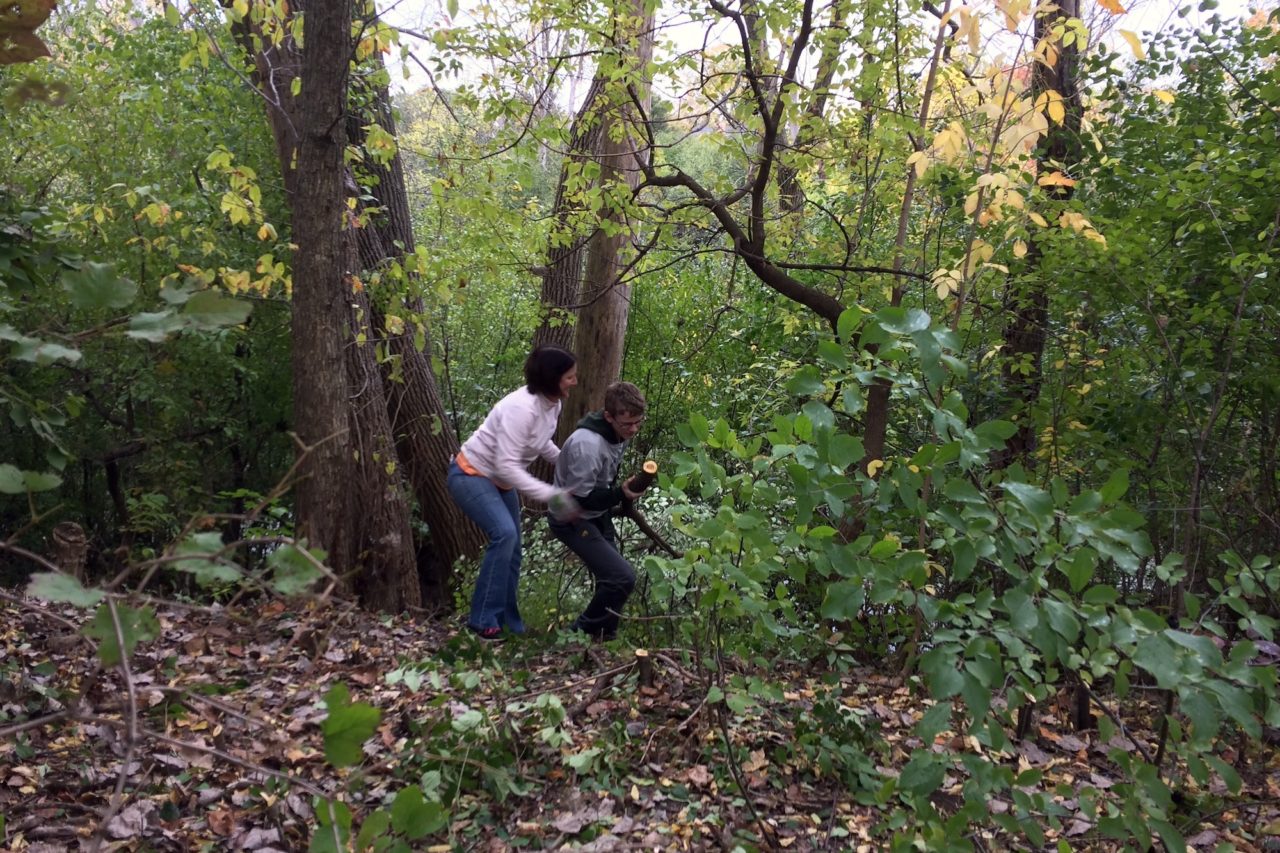What does Harbert Park have to do with the right to vote? With memorials and monuments on the minds of many these days, this seems like a good time to look back at some of the history of Evanston’s parks and the people they’re named for—in this case, suffragist Elizabeth Boynton Harbert (1843-1925).
 Harbert moved to Evanston from Indiana in 1874, when women were still banned from voting. Two years later, she was named first president of the Illinois Woman Suffrage Association. It was several years after the printing of this pamphlet advocating equal suffrage in Illinois that the North Shore Channel was completed. Harbert went on to participate actively in the national suffrage movement and lived to see the 1920 passage of the 19th Amendment to the US Constitution, which at last granted women the right to vote.
Harbert moved to Evanston from Indiana in 1874, when women were still banned from voting. Two years later, she was named first president of the Illinois Woman Suffrage Association. It was several years after the printing of this pamphlet advocating equal suffrage in Illinois that the North Shore Channel was completed. Harbert went on to participate actively in the national suffrage movement and lived to see the 1920 passage of the 19th Amendment to the US Constitution, which at last granted women the right to vote.
The land along the North Shore Channel had been left raw from construction and later uses (like a barracks and brick yard) but eventually, in the late 1950s, the Evanston city planning department saw the potential in these lands for a system of parks that would provide “an opportunity to get away from the noise and rush of city life.” These “Canal Bank” lands, leased from the Metropolitan Sanitary District (later Metropolitan Water Reclamation District, MWRD), would run from Main Street to Dempster and Emerson to Green Bay Road.
In 1983, the Evanston City Council voted to name several parks for citizens who had made important contributions to the community. One 13.5-acre park—on the east bank of the channel between Main and Dempster—was named for Elizabeth Boynton Harbert.
You can find out more about her from the Evanston Woman’s History Project.
— Wendy Pollock
Source: Evanston History Center, Evanston Women and Suffrage Collection
Illinois Equal Suffrage Association
Elizabeth Boynton Harbert (portrait)




